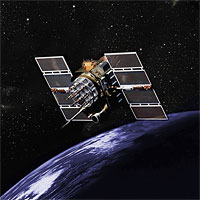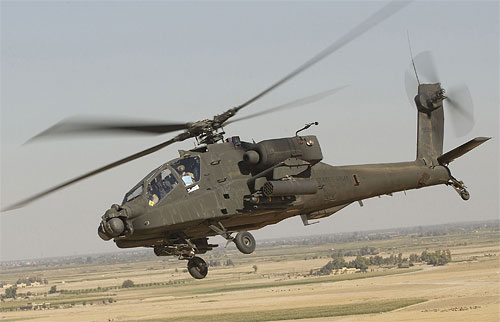Geotagging: the silent killer, says US army
posted Wednesday, March 21, 2012 at 4:17 PM EDT
 An article posted recently on the official homepage of the United States Army caught our eye today, thanks to a blog post from John Nack, Principal Product Manager, Mobile at Adobe Systems.
An article posted recently on the official homepage of the United States Army caught our eye today, thanks to a blog post from John Nack, Principal Product Manager, Mobile at Adobe Systems.
The piece, entitled "Geotagging poses security risks", takes a look at the security implications of location tags that are often silently embedded in photos shot with smartphones. (A minority of digital camera models which include built-in GPS receivers also geotag images at capture, but since the feature is typically advertised, it's less likely that the photographer would be unaware of the fact.)
Of particular interest is the claim that geotagged images shared by soldiers have directly led to successful enemy attacks on US military facilities. According to Steve Warren, deputy G2 for the Maneuver Center of Excellence, four newly-delivered Boeing AH-64 Apache attack helicopters were destroyed in a 2007 incident directly linked to geotagging. Upon delivery of the helicopters to an airbase in Iraq, a number of photos of the choppers were captured by soldiers and shared online. Geotagging information was inadvertently left intact in these images, and was said to have been used to determine a target location for a successful mortar attack that left four of the newly-arrived fleet crippled.
|
A United States Army AH-64D Apache helicopter, similar to those destroyed in a 2007 attack said to have been enabled by geotagging information inadvertently shared online. Photo by Tech. Sgt. Andy Dunaway, courtesy of U.S. Army. |
Of course, this is not a situation that the average member of the public need fear, but it certainly provokes pause for thought. By sharing photos with geotagging information intact, you're providing a level of information beyond that typically available in a photo, and therein lies an opportunity for somebody to exploit the information in a way you mightn't expect. A scary thought indeed, and doubly so when one considers how many geotagged photos are captured and shared each day, with their photographers completely unaware that the capture location is stored in each image...
(via John Nack on Adobe)
